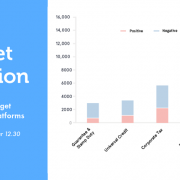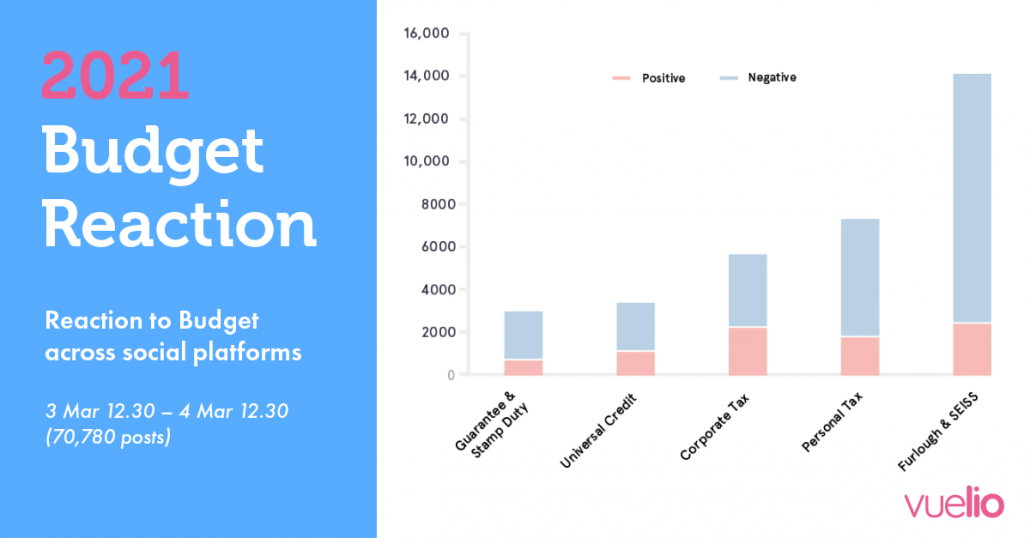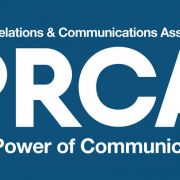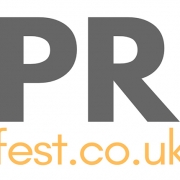International Women’s Day 2021: Is the PR and comms industry doing enough to be intersectional?
International Women’s Day is a yearly catalyst for greater consideration and action for gender equality within the PR and comms space, but is enough work being done when it comes to intersectionality as part of the push forward towards gender parity?
We asked women working across UK PR for their opinion on whether the industry is doing enough to create a truly intersectional workforce in 2021.
‘Probably not – but it’s wrong to pretend that unpicking the various structural inequalities and entrenched biases is easy. At least there is movement in the right direction. In my role on the PRCA’s PR Council this year we’re focusing on women returners, BAME representation at senior level and social mobility, but we’re under no illusions, there are always more layers of diversity – disability, sexuality, gender identity, religion, neurodivergence…
‘As an Asian woman myself, there have definitely been times where I’ve felt like the odd one out and at a disadvantage in my professional life, but I’m pleased to say that I’ve never suffered the kind of mistreatment that certainly still goes on in this and other industries.’ – Tas Bhanji, Blakeney
‘More can be done to support intersectionality at an industry level – e.g. intersection of feminism with race/ableism/LGBTQ+ rights, etc. PR is a female-dominated industry, but we have to look at this as a whole not being individualistic when we discuss progress. A greater range of voices means greater representation and understanding.’ – Sian Gaskell, Cuban Eight
‘A few years ago, I was talking to a US CFO who remarked on the narrowness of the diversity conversation in the UK and within UK businesses. We’re an industry that prides itself on being a community of creative, solution providers who can work across multiple issues and campaigns simultaneously yet there remains so much more to be done to make the industry truly inclusive for all. Real change requires real work and consideration and we can all be guilty of being inconsiderate of others.
‘I can hold my hands up and acknowledge that during lockdown, I’d been complaining about virtual events being poor substitutes for real life sessions and had to have it pointed out to me that virtual events can make it easier for people that a) aren’t based in London or the South East b) are not able-bodied and others to gain access to the same connections, knowledge and insight.’ – Addy Frederick, Prudential, Women in PR and UK Black Comms Network
‘Sadly, many of our clients and employers still act as if the world of work is stuck in the beginning of the 20th century.’ – Ella Minty, #PowerAndInfluence
‘We definitely need to do more on intersectionality. We have practitioners who are multiply-disadvantaged not only by gender but by race, disability, age, sexuality, background and other factors. We should celebrate the diversity of our industry and recognise that talent comes in all forms. That means working with business and leadership to shift the culture and mindset.’ – Mandy Pearse, Seashell Communications and CIPR
‘Women, especially women of colour, are more likely to have been laid off or furloughed during the COVID-19 crisis, stalling their careers and jeopardising their financial security. The pandemic has intensified challenges that women already faced.
‘If the PR industry doesn’t step up and continue to step up, we’ll potentially end up with far fewer women in PR, PR leadership, and far fewer women on track to be future leaders. The PR industry needs to flex its muscles like never before and support its women.’ – Kerry Sheehan, CIPR
‘One key aspect of intersectionality is that we need to deal with discrimination before we can make real progress on goals such as the environment or the economy. This is absolutely true of the PR and comms industry. The latest CIPR State of the Profession report demonstrates clearly that not enough progress has been made on widening representation in the PR industry of people from all ethnic groups, and all income groups and backgrounds. There is a persistent over-representation of people who were privately-educated, and a persistent under-representation of women in more senior positions.
‘This is evidenced by a continuing gender pay gap, though the good news is, it is shrinking. To what extent all these issues (and others) are linked, bears further scrutiny and as professionals, we should keep up with mainstream business research too. It’s difficult to see how the PR industry can meet its wider goals and communicate effectively with all its publics until these disparities are redressed. That’s why, for instance, increasing diversity of membership, and of the industry at large is one of the key goals of the CIPR Scotland committee (of which I’m a member). Laura Sutherland, PRCA Scotland Chair, is also doing some great work this year on diversity issues through the #PRFest community.’ – Claire Munro, Zero Waste Scotland
‘There still seems to be a reluctance to recognise the many distinct intersections of identity and what true inclusion means, which is very odd given that we are supposed to be able to be active thinkers on behalf of our organisations and clients. The industry itself doesn’t do enough and even when it makes a step it rarely feels progressive.’ – Ronke Lawal, Ariatu Public Relations
‘The drive to increase awareness and take action on this is a task my daughter’s generation will still be striving for. However, we have a choice to make now in how we create the environment for future leaders to step into. I’m confident that the choices we make today to create a fairer society will benefit many generations of PR and Comms professionals.
‘Choosing to work in PR should be a choice that’s open to everyone and celebrate what makes up the richness of our society. That includes having diversity of thought, background and gender. There’s always more that could be done.’ – Rachel Miller, All Things IC
‘The answer is a simple no. There is a lot more work to do here. The 2020 PRCA Census reported that while the number of Black and ethnically diverse professionals had increased incrementally to 12% (from 10% in 2019), these professionals were overwhelmingly in junior roles. Couple this with the CIPR’s ‘Race in PR: BAME lived experiences in the UK PR industry’ report, which is sobering reading and it appears we are not committed to inclusivity at all. It’s down to people like me to use our power and influence to make the system fairer for everyone.’ – Sarah Waddington, Astute.Work and #FuturePRoof
For more on the women PRs featured in this piece, check out our interviews with Sian Gaskell, Ronke Lawal, Tas Bhanji, Mandy Pearse, Rachel Miller, and Ella Minty as well as features on the work being done by Sarah Waddington, Laura Sutherland, Addy Frederick, Shayoni Lynn and Kerry Sheehan.

























